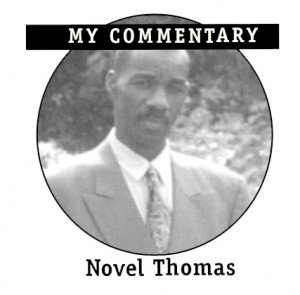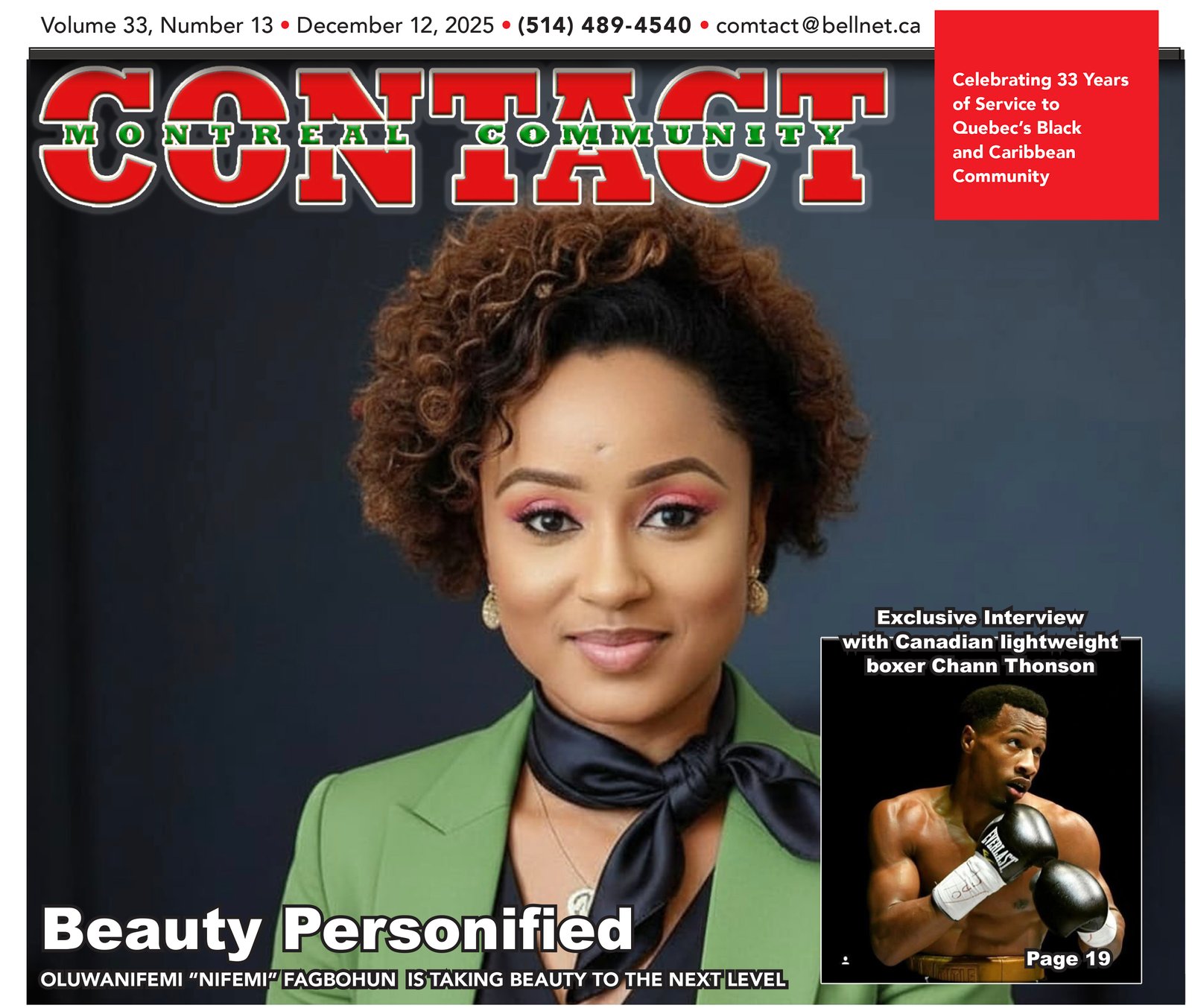Late last year, a half-hour preview of Montreal’s 375th anniversary celebrations, which runs throughout 2017, was televised on the local CTV outlet.
It was a showcase of the city: “founding peoples” (in this case, French and English people, none of the ‘original’ peoples), places of interest and what to expect the duration of the 375th birthday celebration.
One thing that I took away from the preview video was the absence of so-called “people of colour,” (“visible minorities…), or, to use another descriptive in modern Quebec parlance re. people who are neither French nor English, “Cultural Communities.”
After the televising of that video last fall, many people were put off by the non-representation of people who looked like them, which rightly elicited an apology from the organizer of the yearlong celebration. Just a formality; mea culpa is always so easy.
And then last week another ad promoting Montreal 375 was released, once again there was general outcry from segments of Montrealers whose lived here for centuries, but were again hard-pressed to find any evidence or semblance of their generational reality, which attest to that on Quebec soil.
For whatever it’s worth English-speaking people from the so-called cultural communities were livid because of the invisibility of colour among the predominant white faces in that latest Montreal 375 promotional video.
So I contacted one of my friends, Roger Boisrond, a Haitian documentarian/filmmaker to gauge reaction in the Haitian community. After all, the community speaks the dominant (Quebec) language. As such, by virtue of language conformity there’s a perception that being so closely connected (on the right side of the language divide as it were) the taxpayer largesse totaling multiple millions should be dispensed in the various communities that comprise 21st century Quebec where artistically merited.
But not so, according to Boisrond.
With ail that money in the hands of organizer to work with, he too was thinking that the cultural communities would be in line for some of that largesse to produce something that would be in some way reflective of our presence in Quebec. After all, late last year I heard news of organizers of the 375th celebration, inviting the “cultural communities” to be a part of the celebration, by showing we exist and belong.
The Haitian community is not waiting to be seen in any 375th video, and are not expecting any trickle down effect… According to Boisrond there’s a community initiative underway to produce a bust of Haitian hero Toussaint L’Ouverture, aka “The Black Napoleon,” a former slave who rose to become the leader of the only successful slave revolt. He is/was regarded as the “best-known leader of the Haitian Revolution.”
According to the history books chronicling the “the rebellion” L’Ouverture is quoted, “I was born a slave, but nature gave me the soul of a free man.”
Upon completion, the bust of Toussaint L’Ouverture, also referred to as “the Black Napoleon” will be placed in a small downtown space called Parc Toussaint-L’Ouverture.
On the English-speaking side of the Black community, there’s, well, nothing. At least not that people with whom I’ve spoken are aware of.
Let’s just say, by virtue of our non-Europeanness, we don’t matter – whether we speak one or the other primary and historic colonial languages.
Organizers, their heads firmly stuck in their white sand, were criticized for that first promotional video last year. They apologized. So what do they do? A repeat: another all white, not necessarily right, or unexpected, but all white.
Here’s what Gilbert Rozon, organizer of the 375th said in one of his apologies: “[…] Some people see the city’s multiculturalism as a disadvantage,” but he doesn’t share that opinion.
“I’ve always said it publicly, the fact that Montreal is Molière meeting Shakespeare is probably our greatest asset, but also the fact that we have this diversity makes a big difference,” he said.
“This is the way we’re going to survive and make a difference in the world. That’s my personal opinion, and I have to obviously deliver the goods.”
Here’s another of his excuses, “the committee is working with members of the city’s Black and Indigenous communities to make sure they are included in the celebrations…”
But… the promo material speaks volumes.
A First Nations woman, Nakuset, co-chair of the Montreal Urban Aboriginal Community Strategy Network, said the video doesn’t reflect the reality of Montreal.
“I think people don’t know there are 26,000 urban Aboriginal Montrealers. We are here, and we are multitalented, doing all different kinds of work … and yet, people don’t recognize us,” she said.
They see you and us Nakuset, but we’re invisible.
In an online article La Presse columnist Marc Cassivi, in calling attention to the lack of diversity (in the promo video) said, “It’s media in general that doesn’t portray Montreal as it is, and we have to think about that. We have to stop thinking about how we see ourselves, but how reality is, what Montreal is… If the production rooms and the media newsrooms continue to be lily white they will never succeed in representing the multicultural communities they are supposed to be representing.”
As I see it Mr. Cassivi, it’s akin to taxation without representation. Our taxes matter, but in the greater scheme of things, we don’t.
All the apologizing is just lip service. They already apologized, twice.
But as the aphorism goes: “Jamais deux sans trois.”
I for one will not even go looking for a slice of that 375th birthday cake. Let them—all the people in those publicity videos and other material, eat all their cake.















